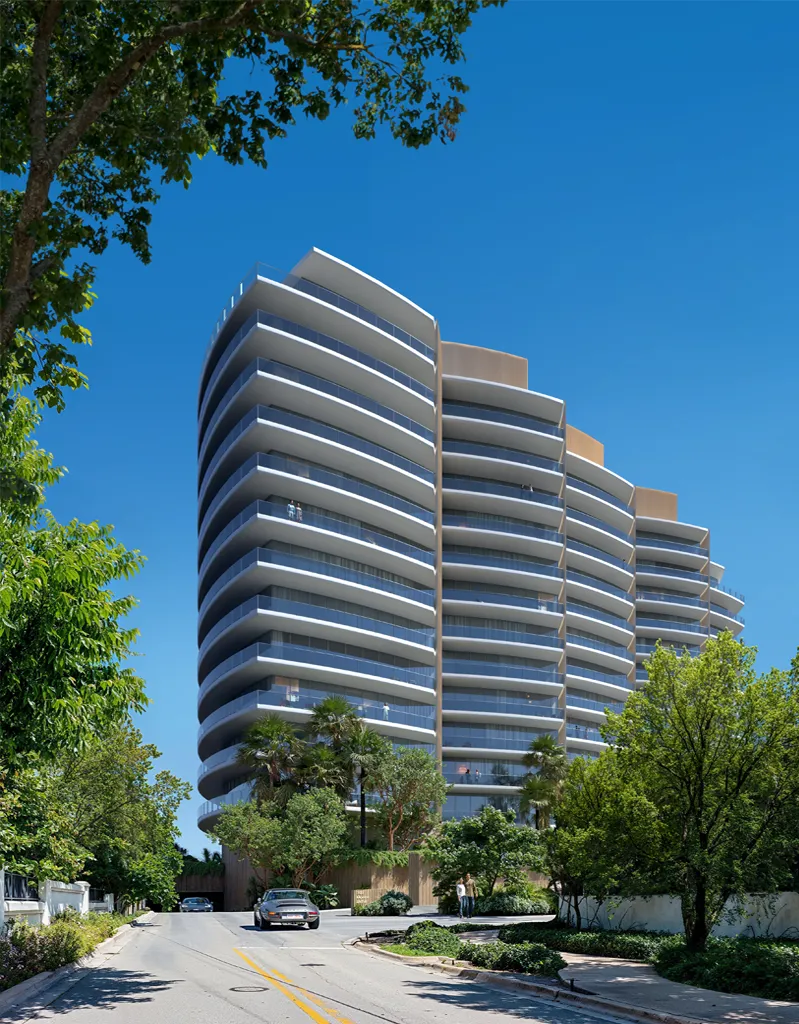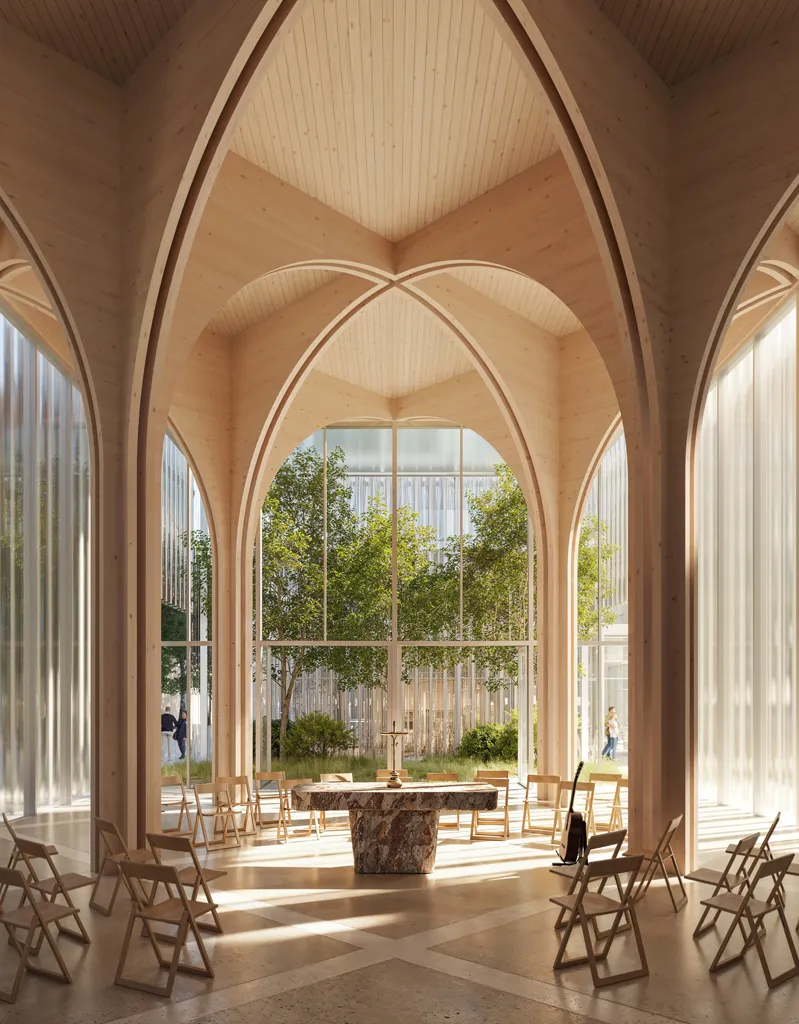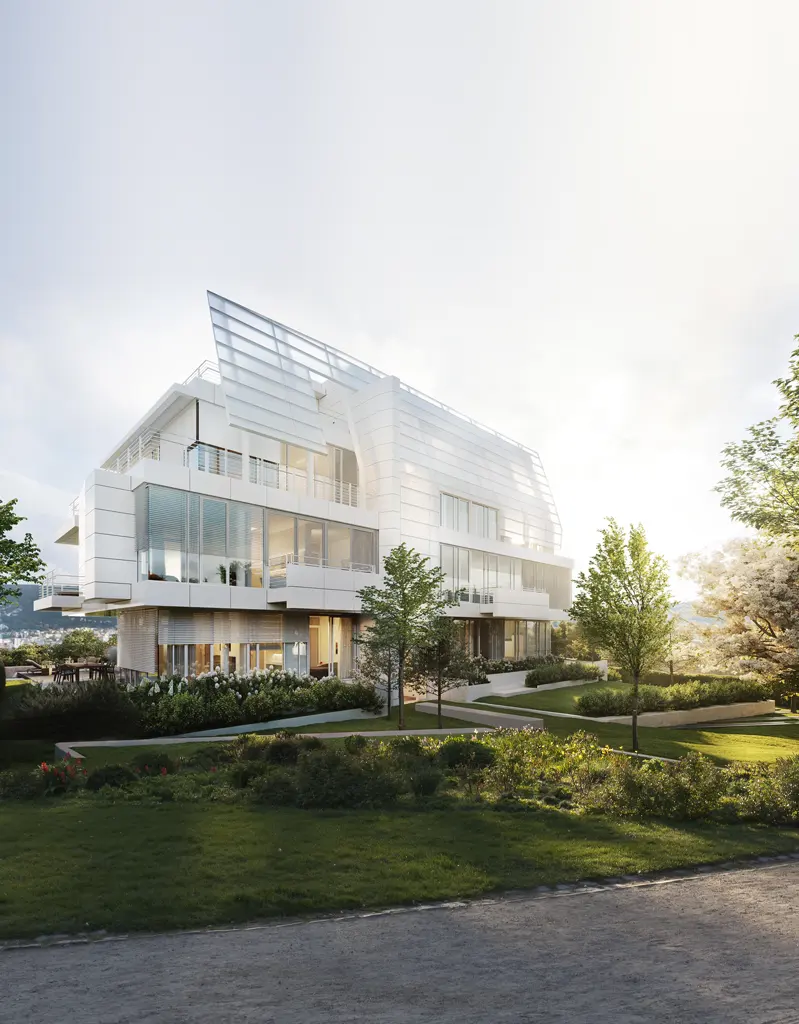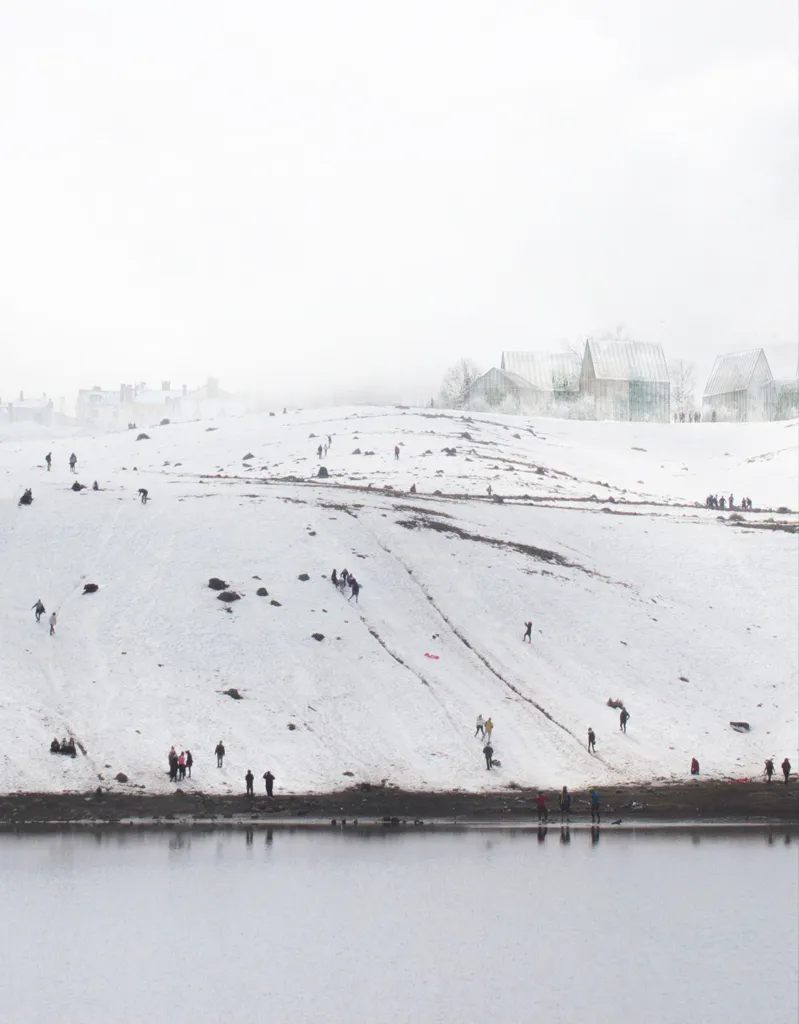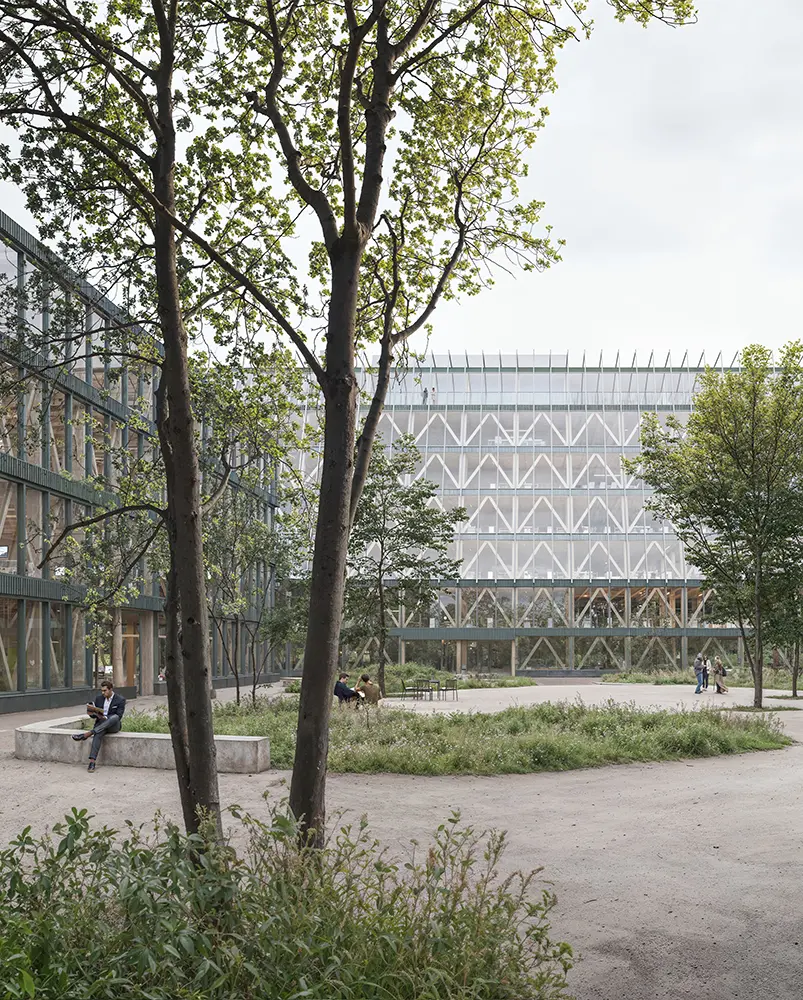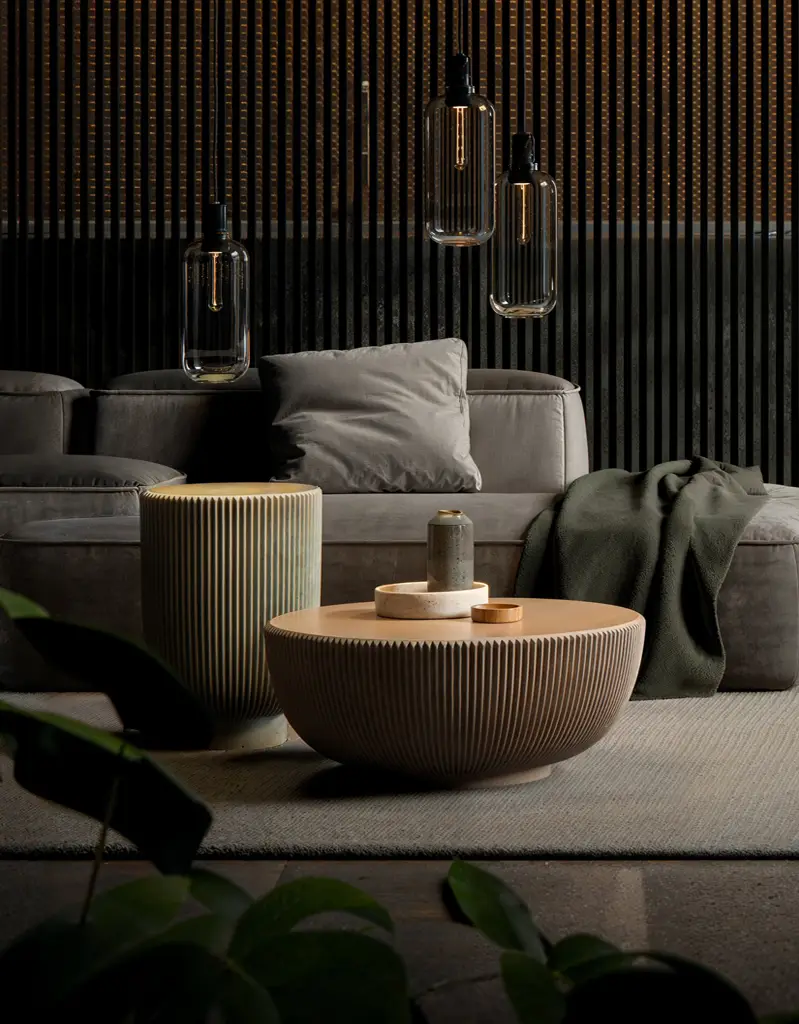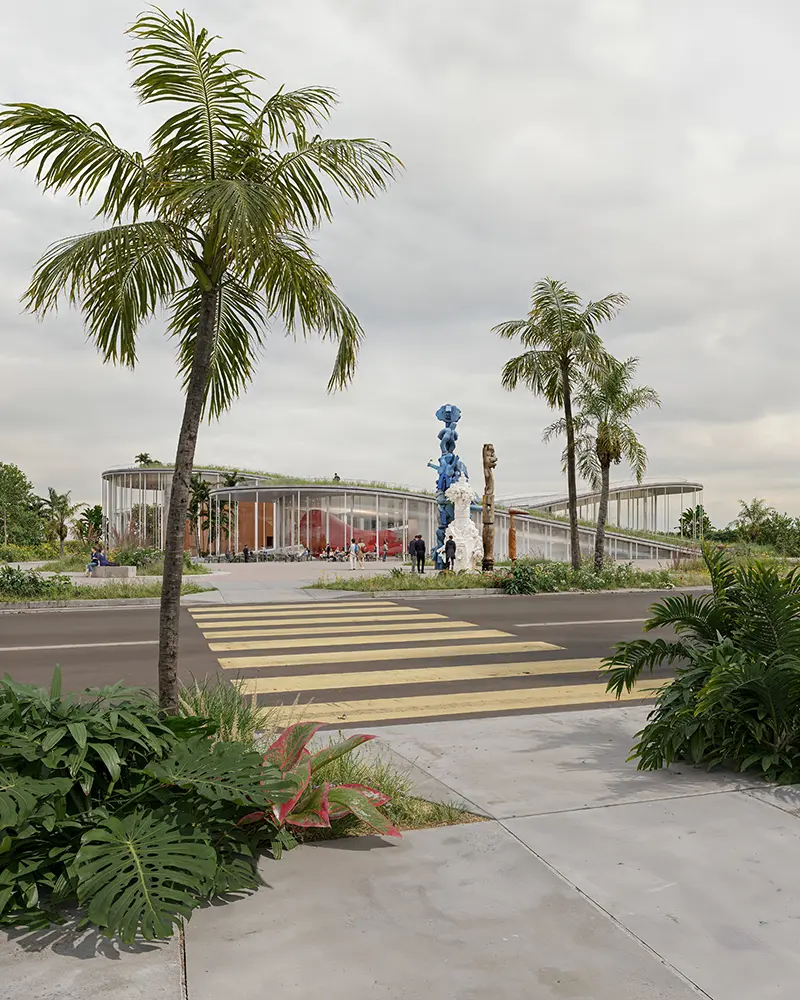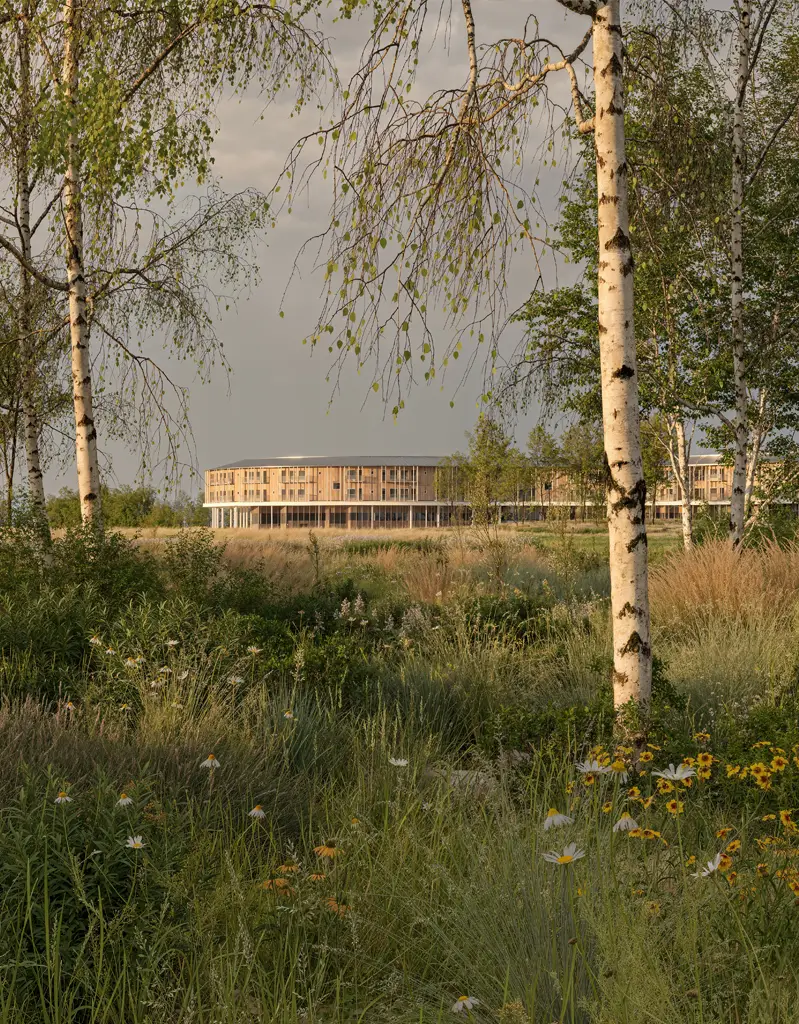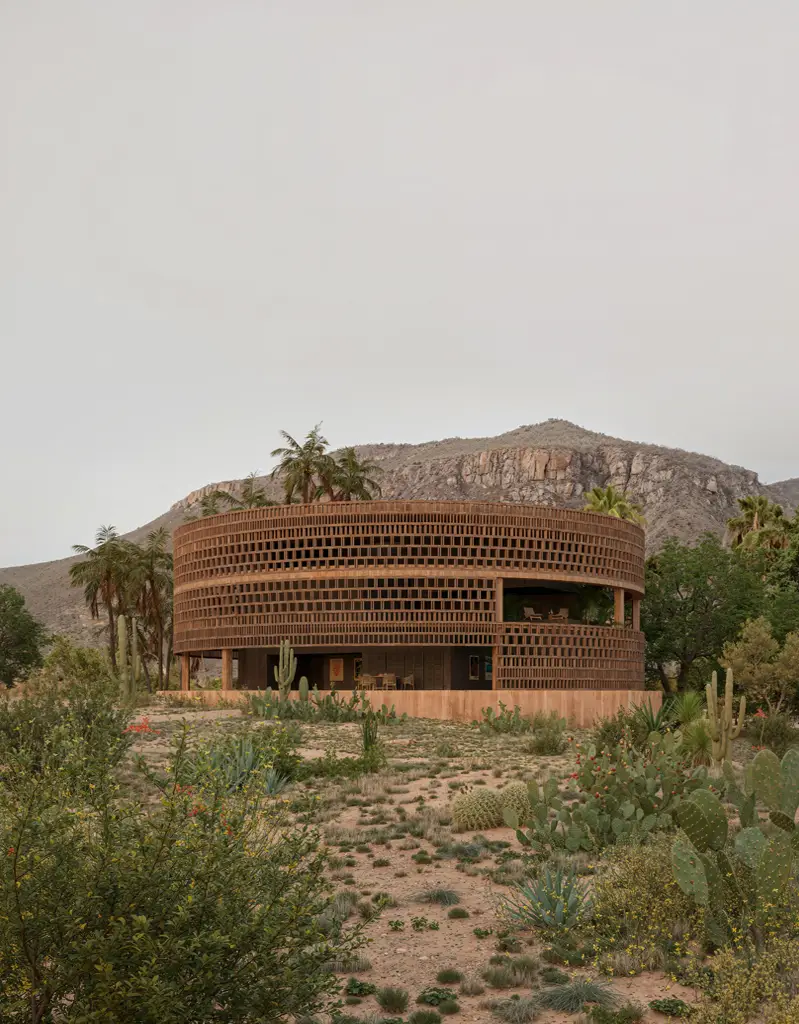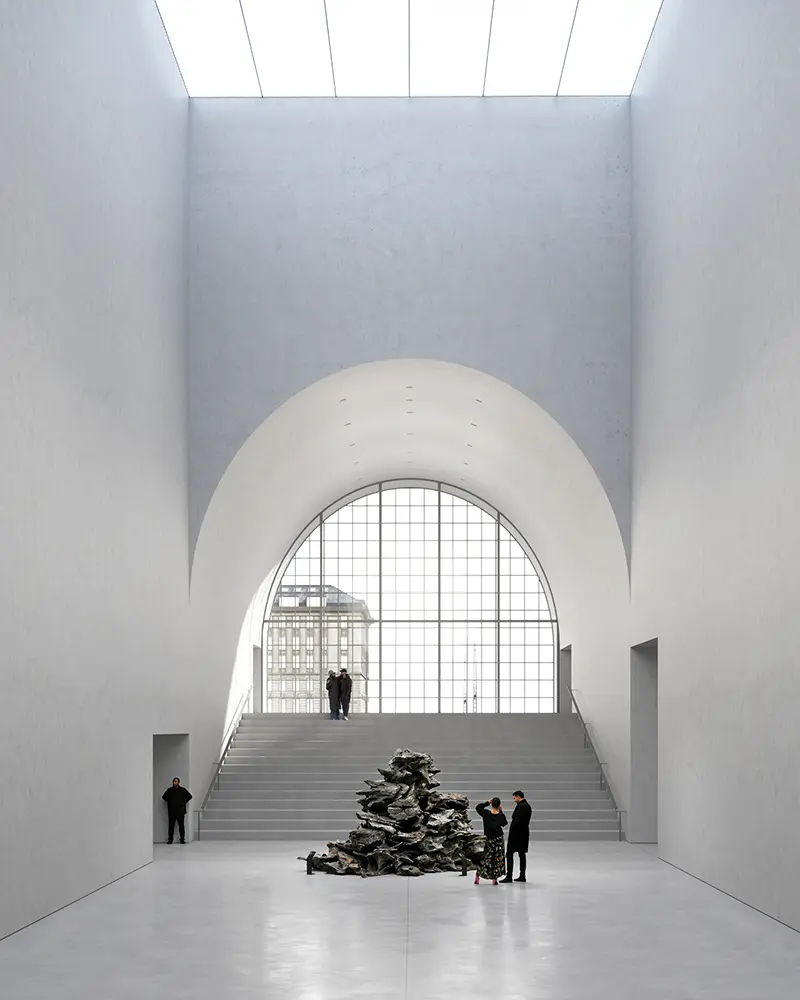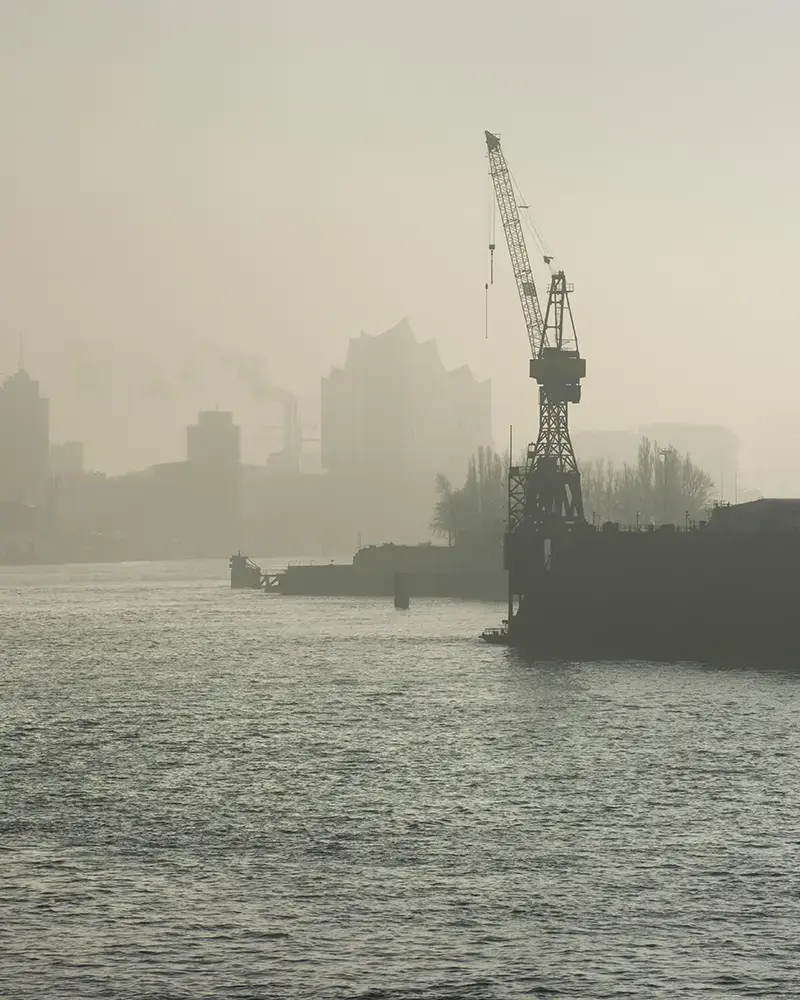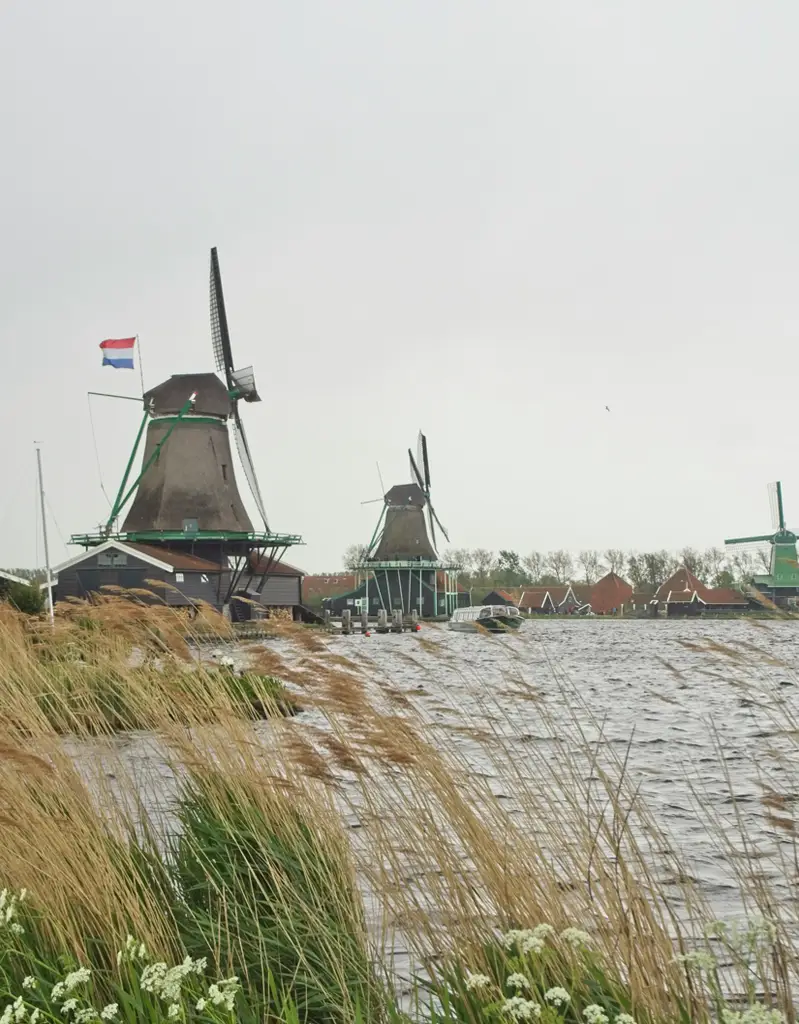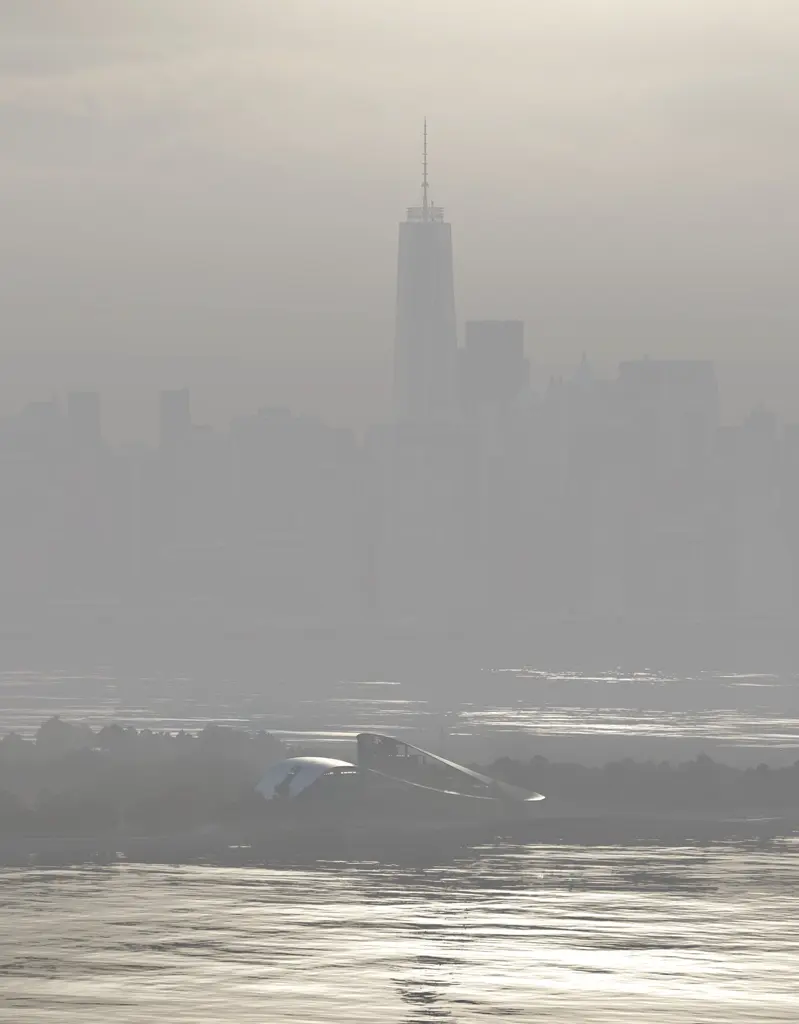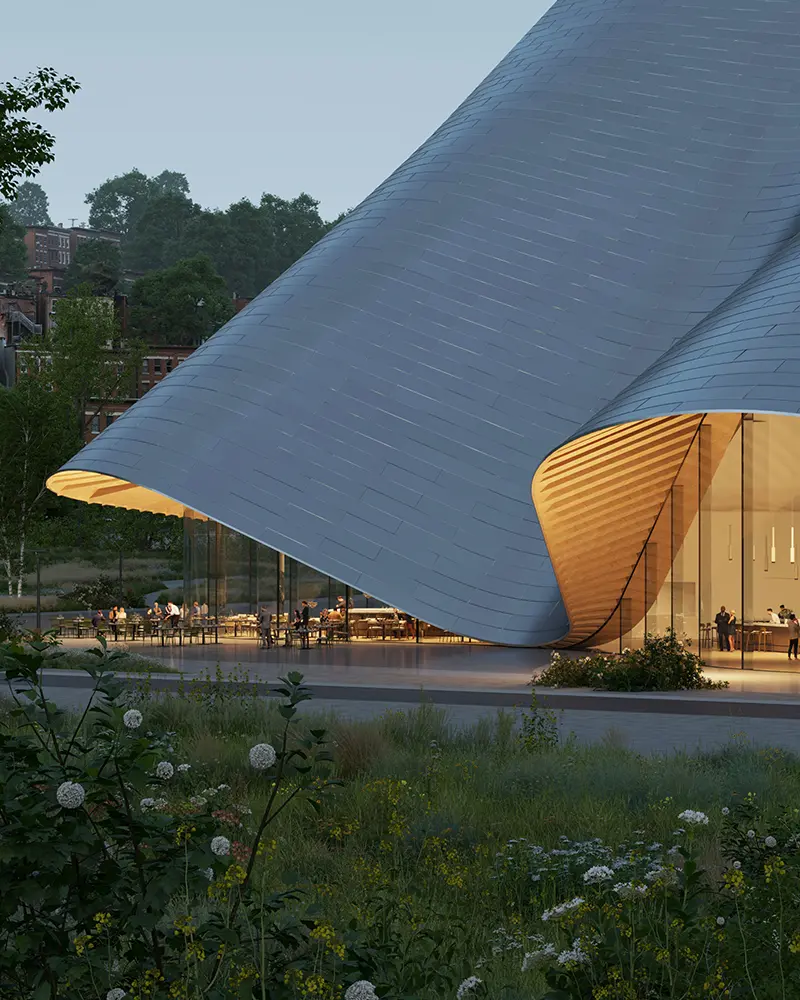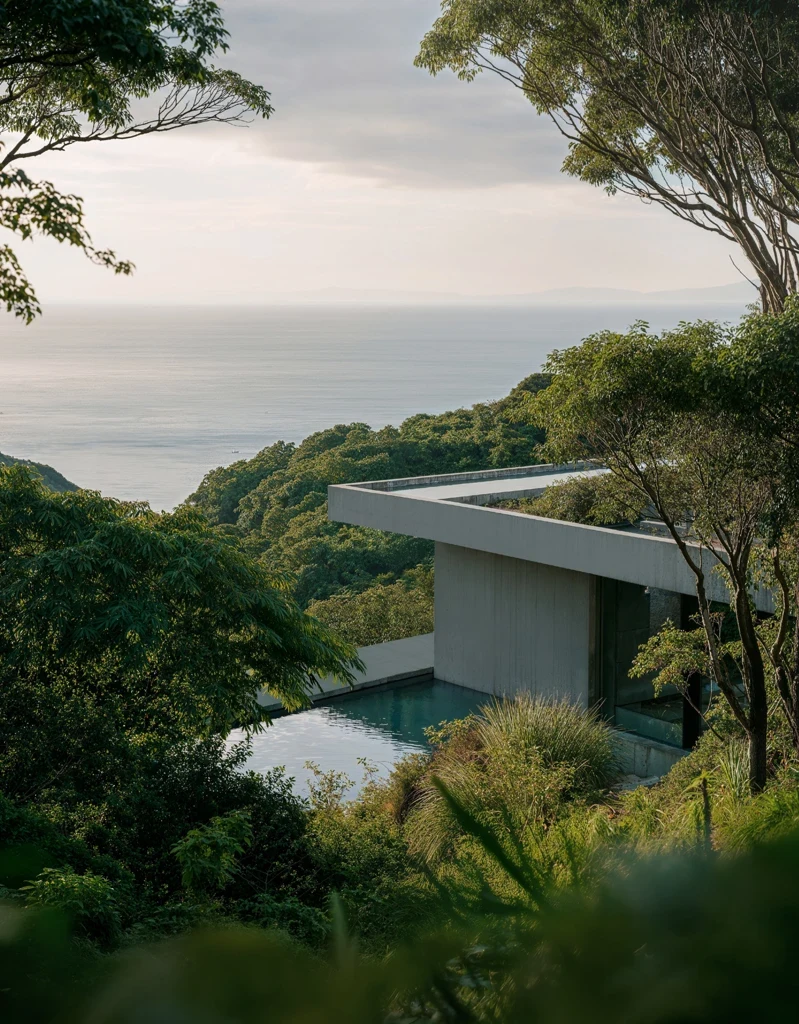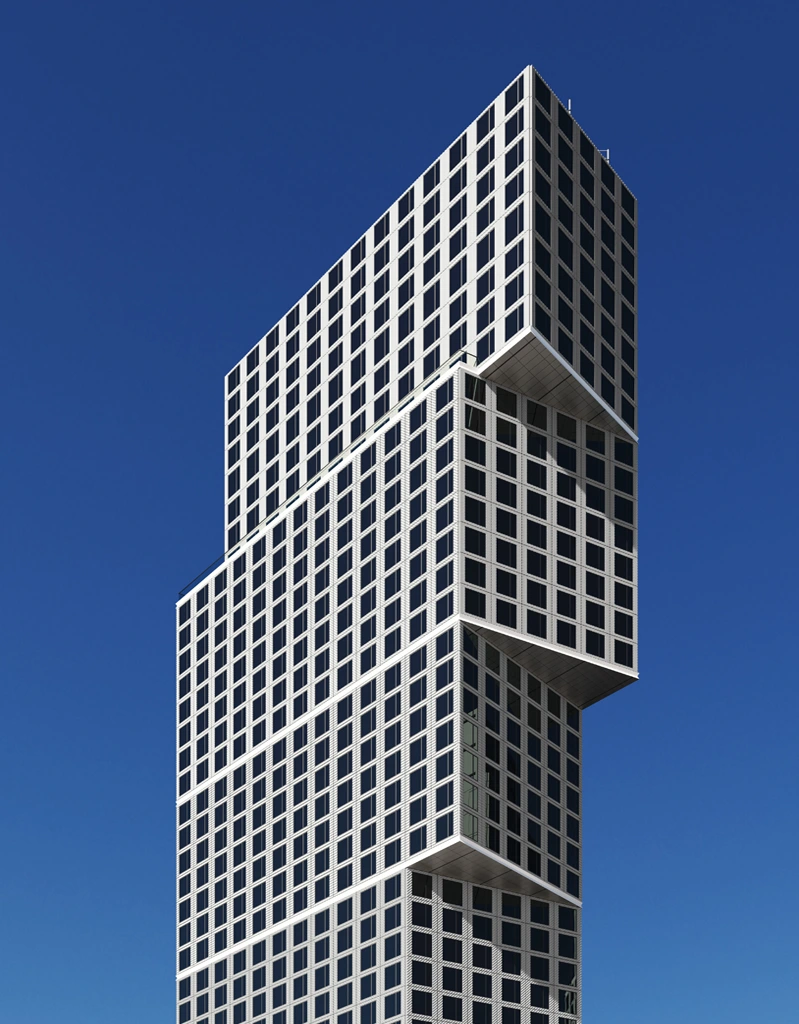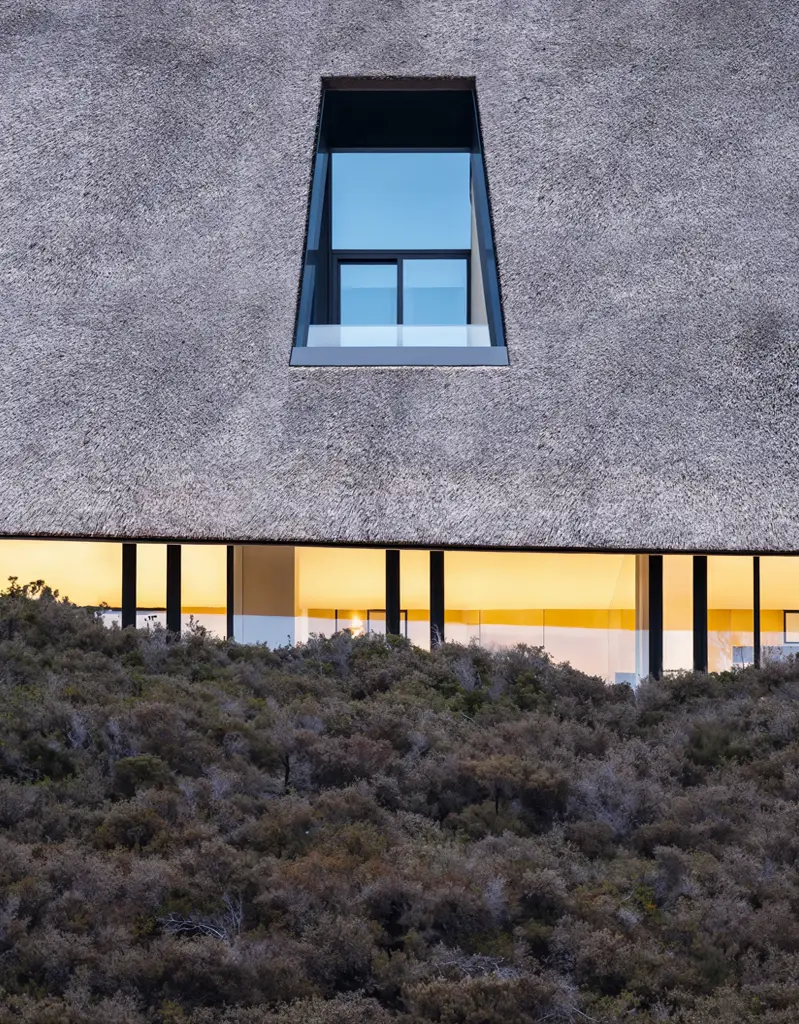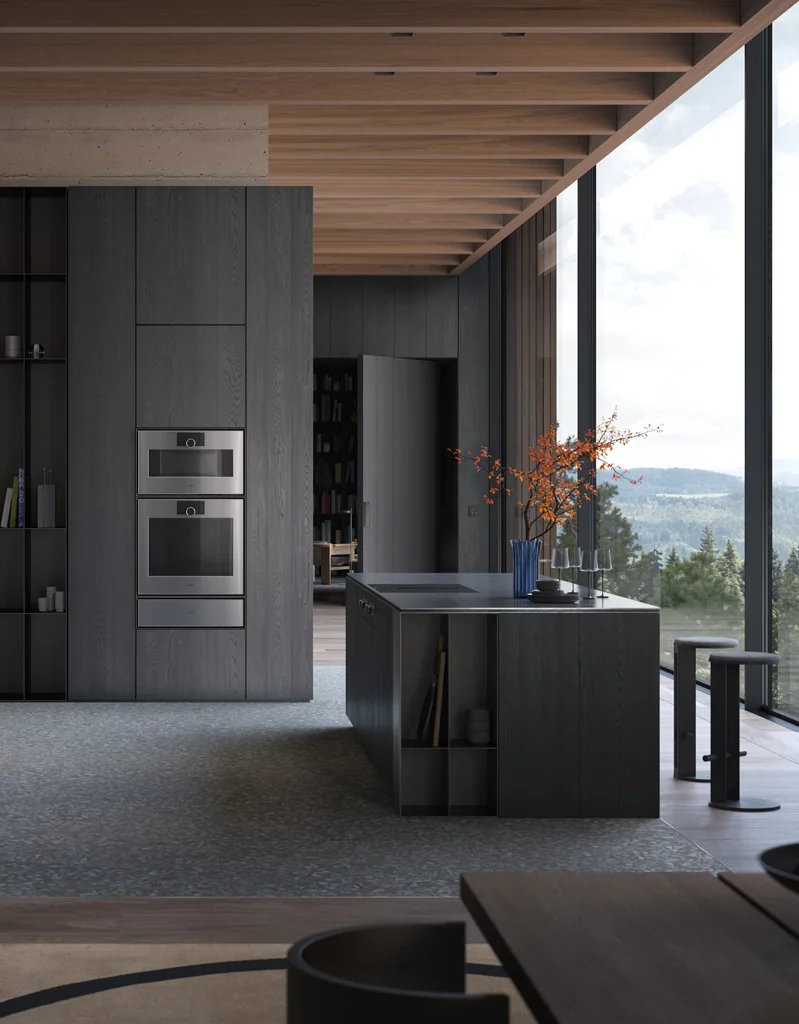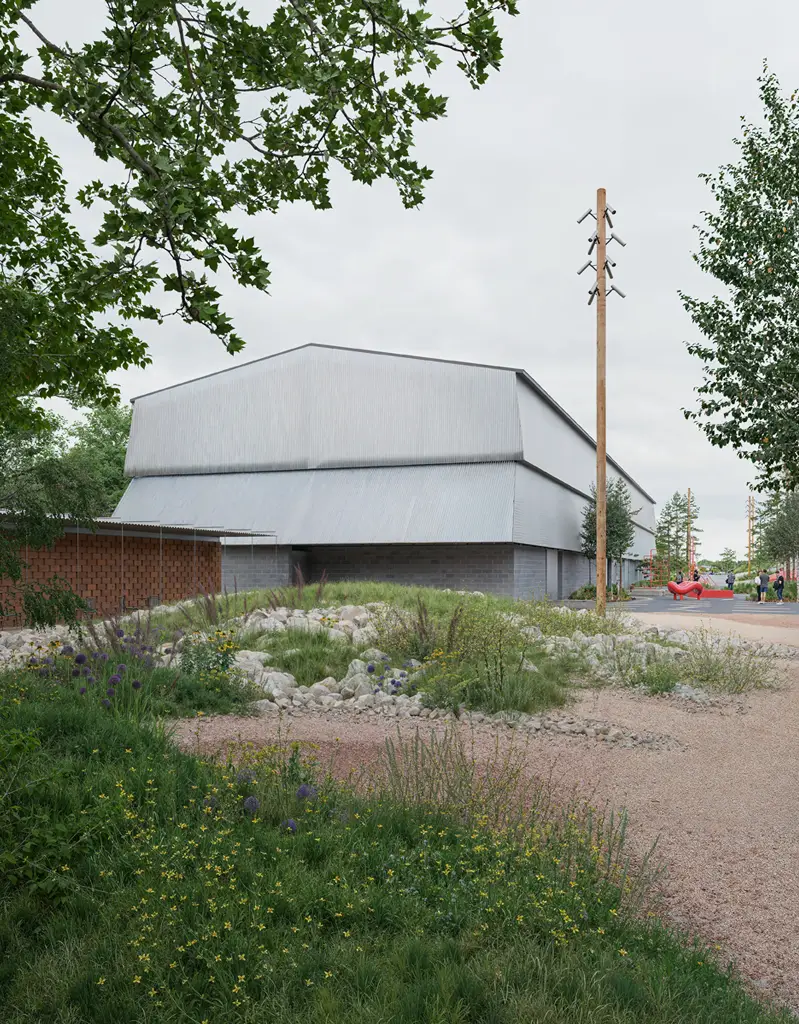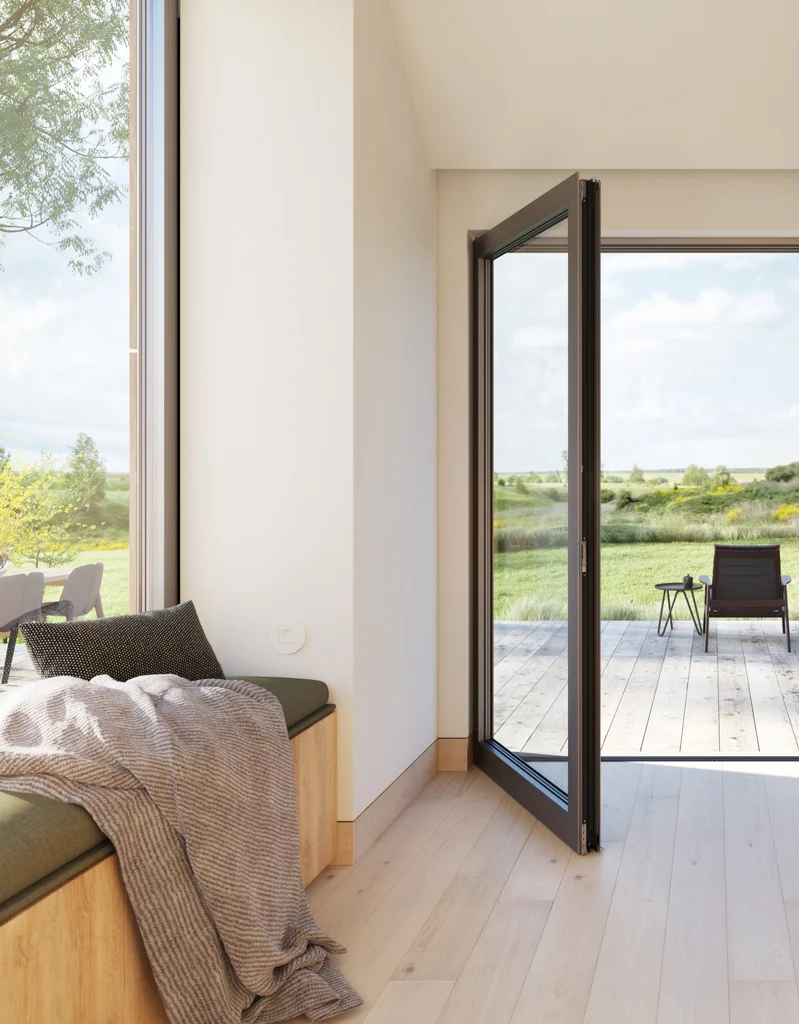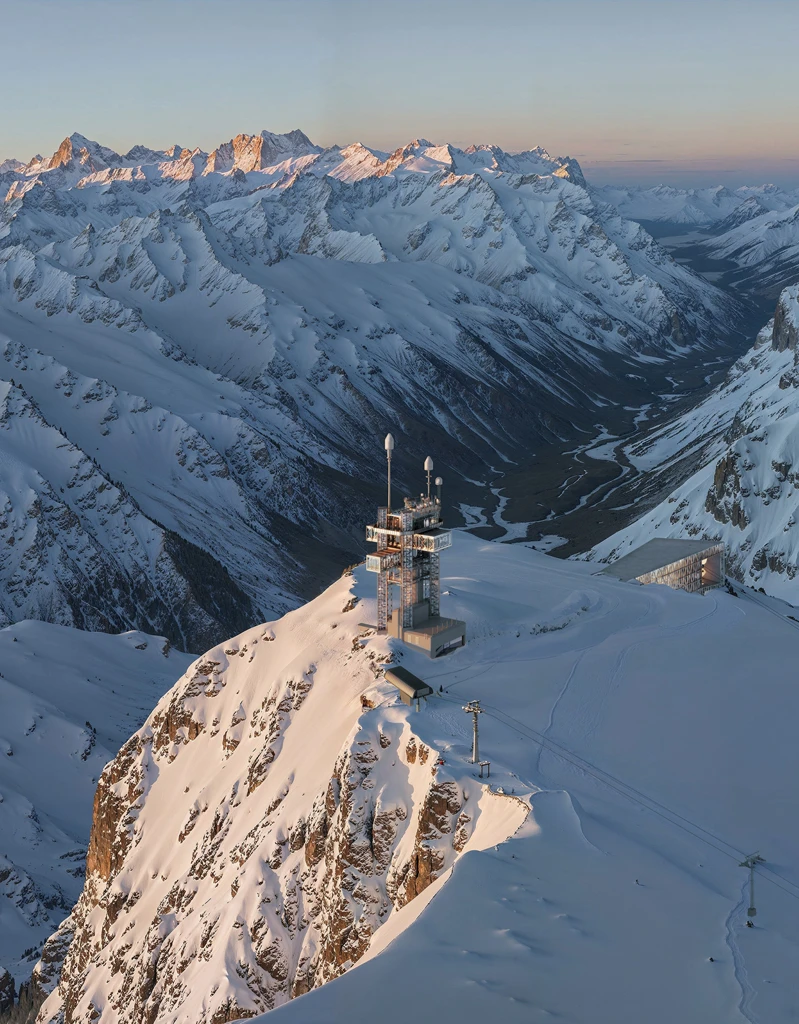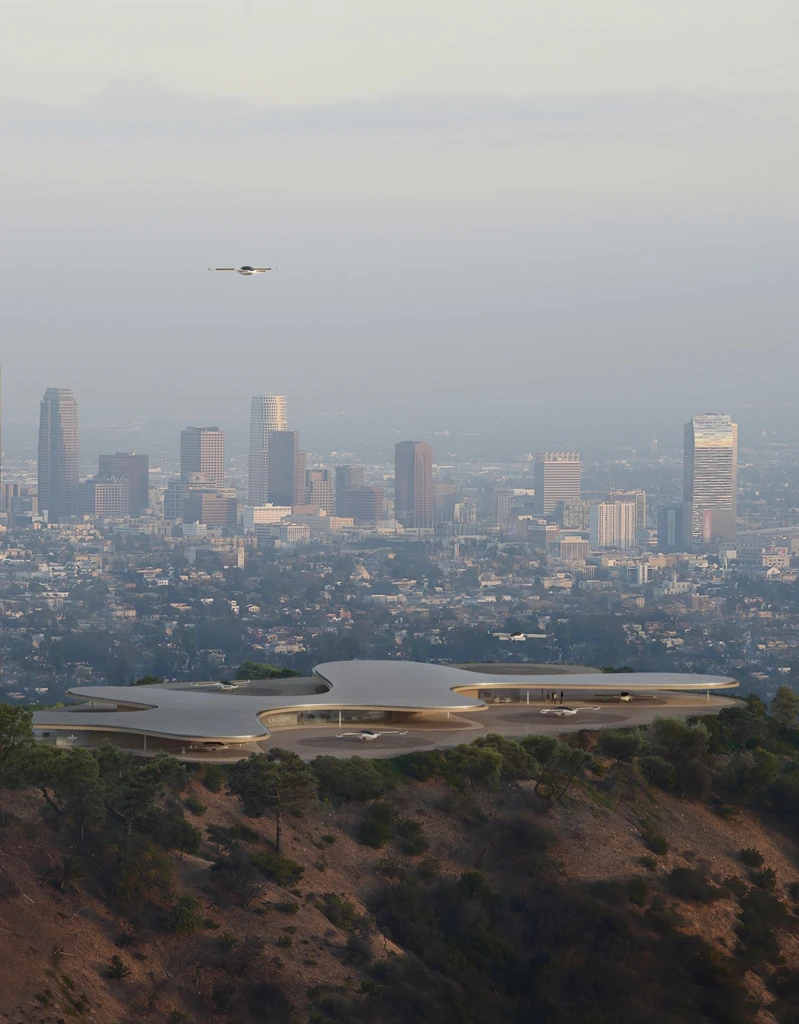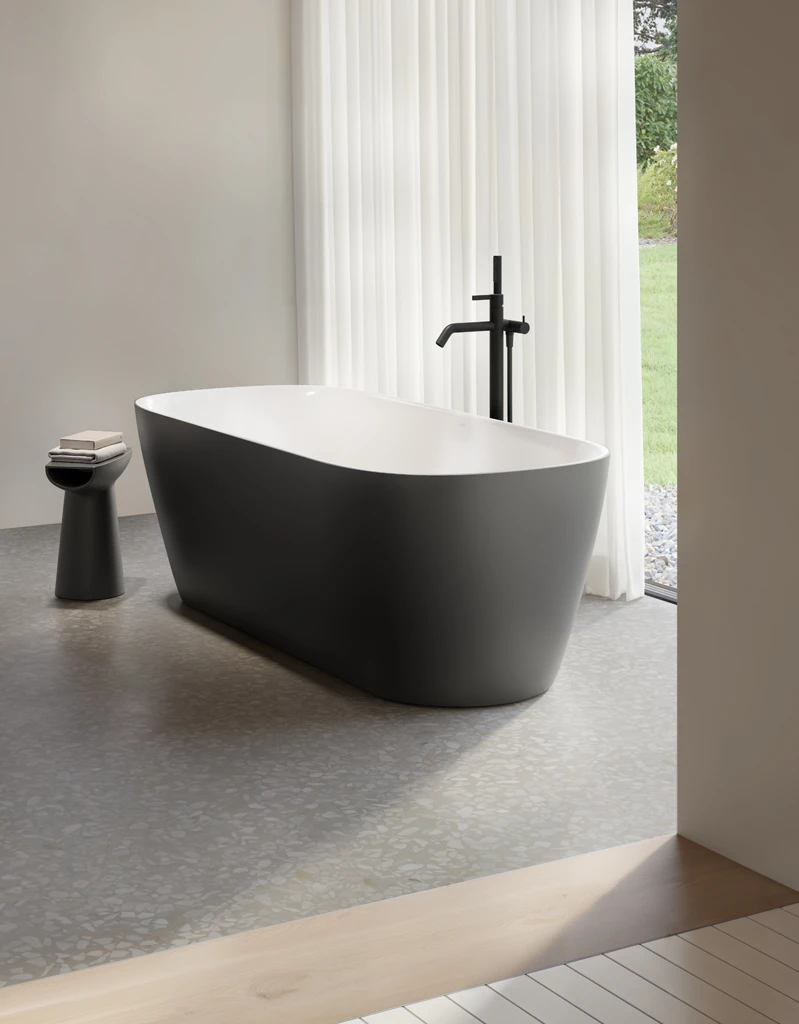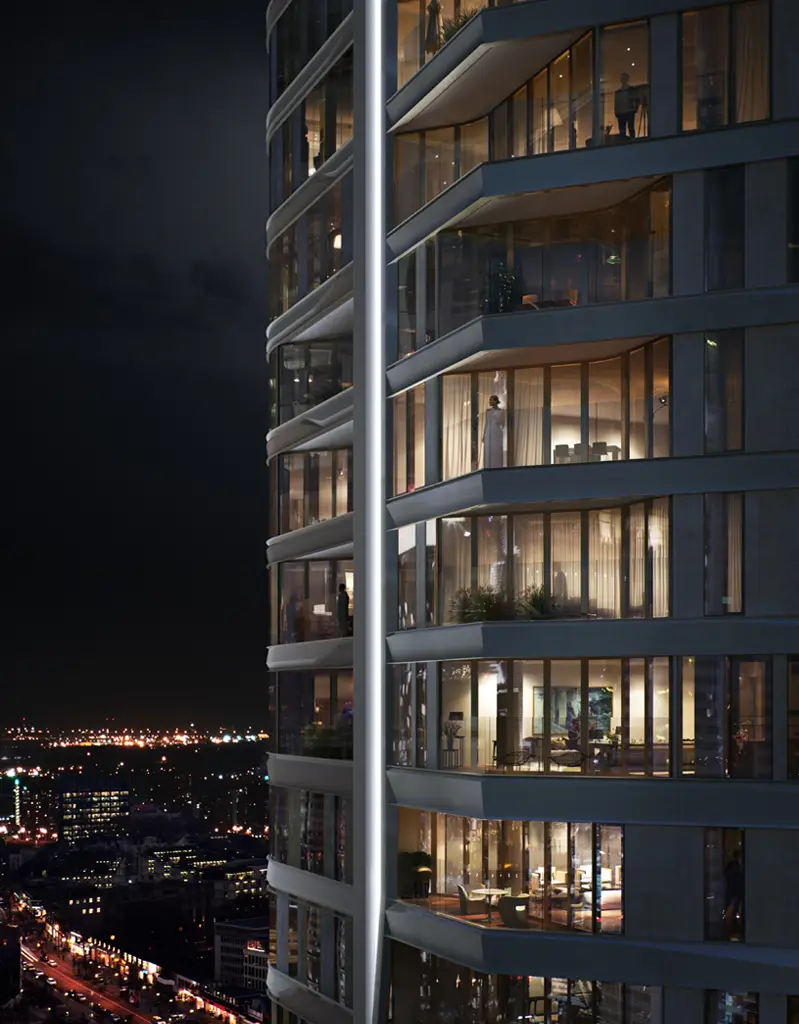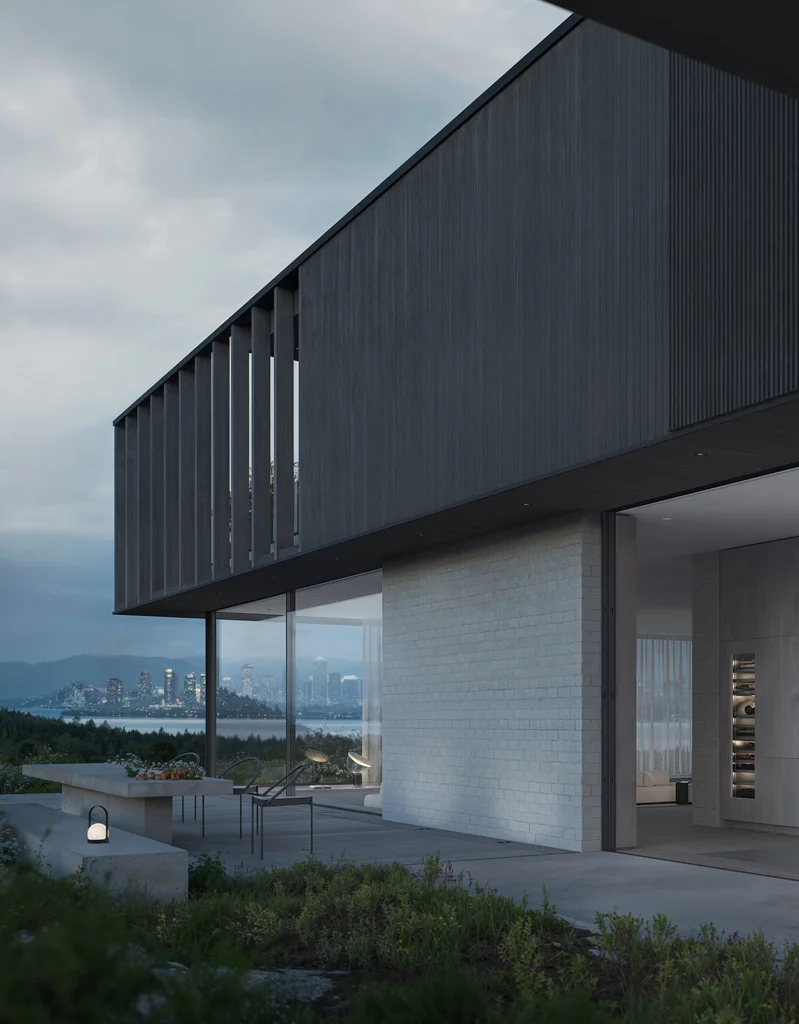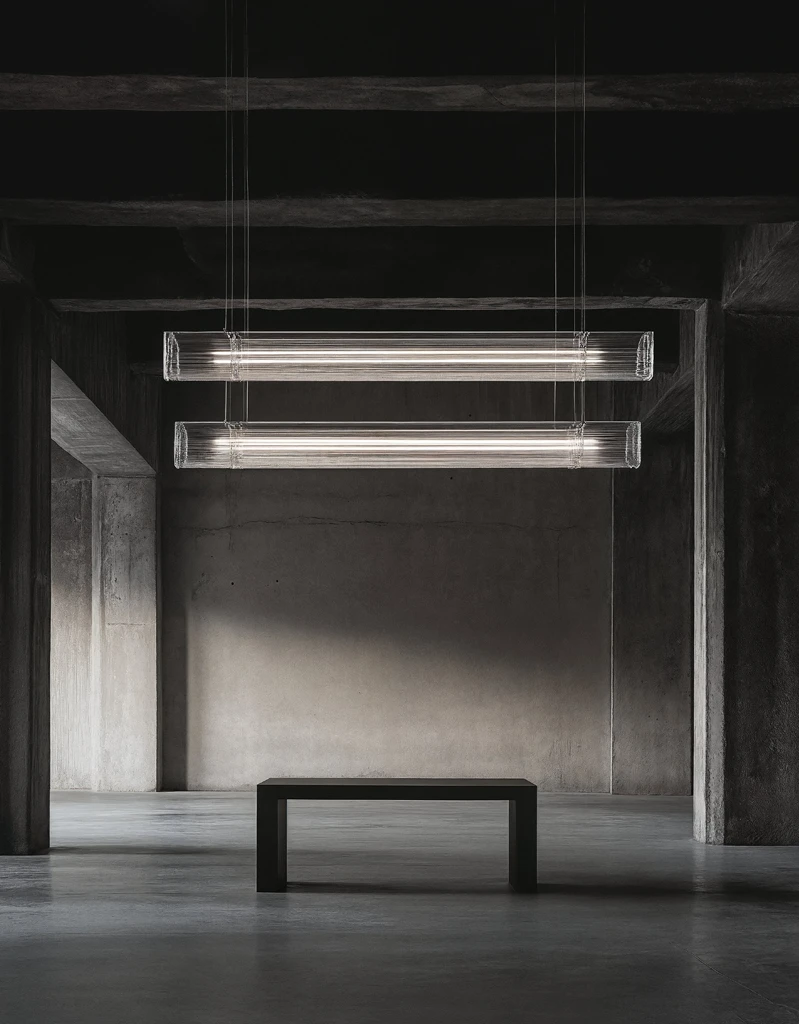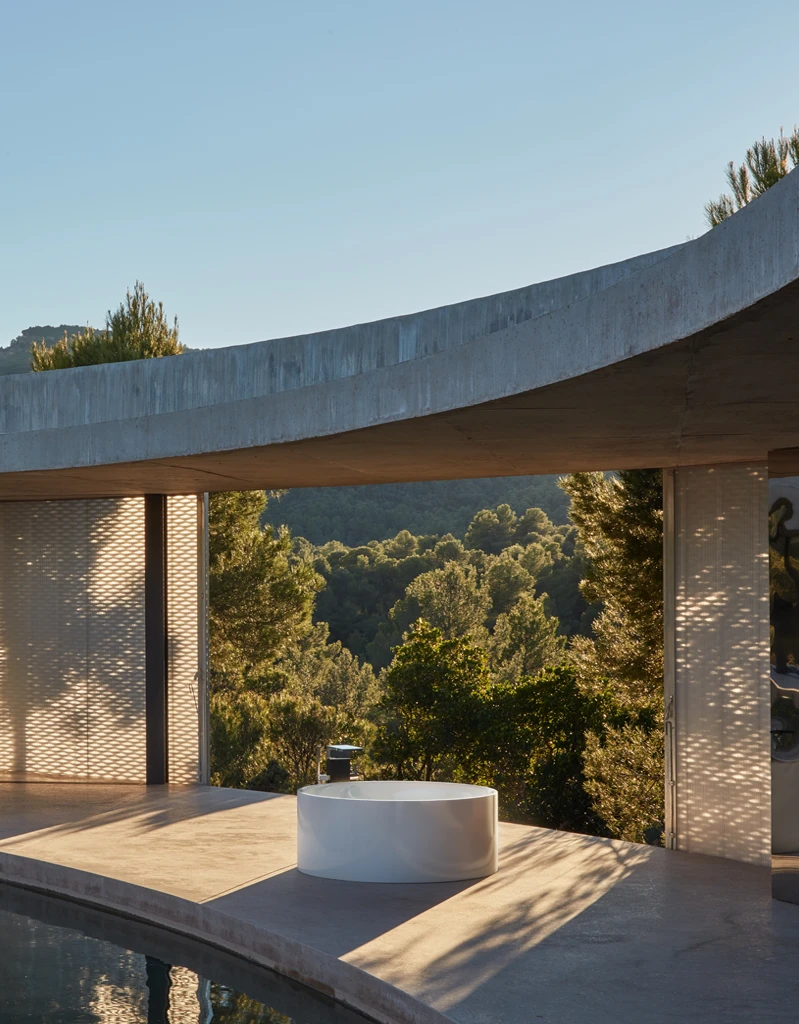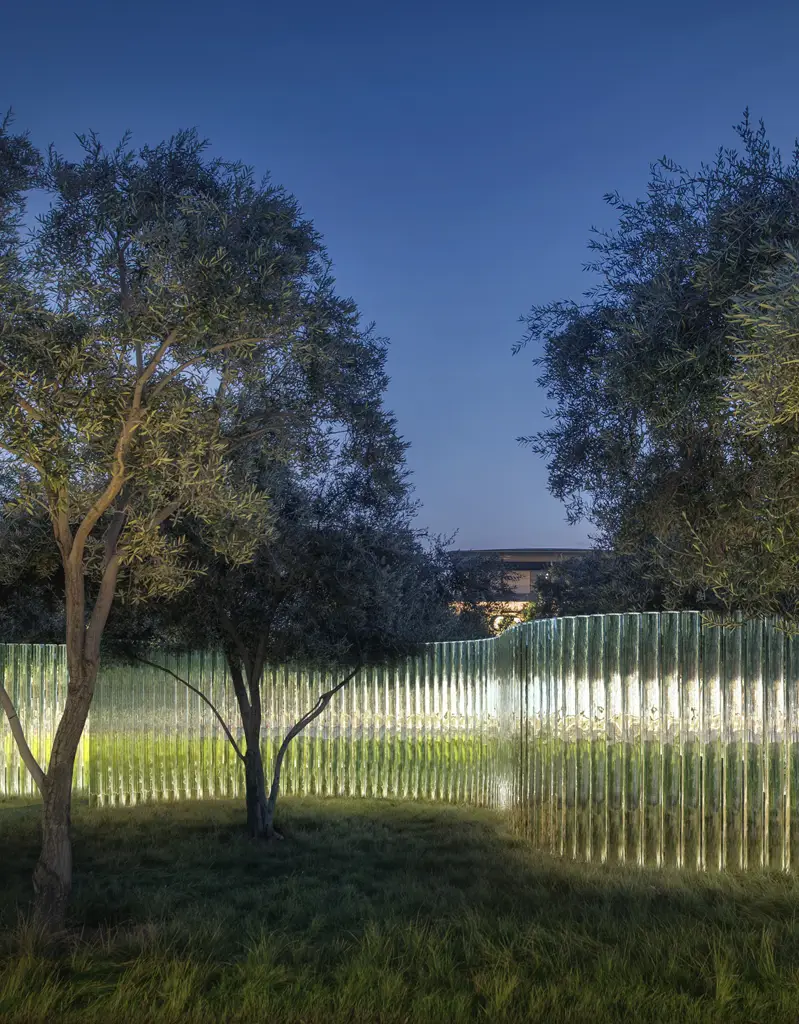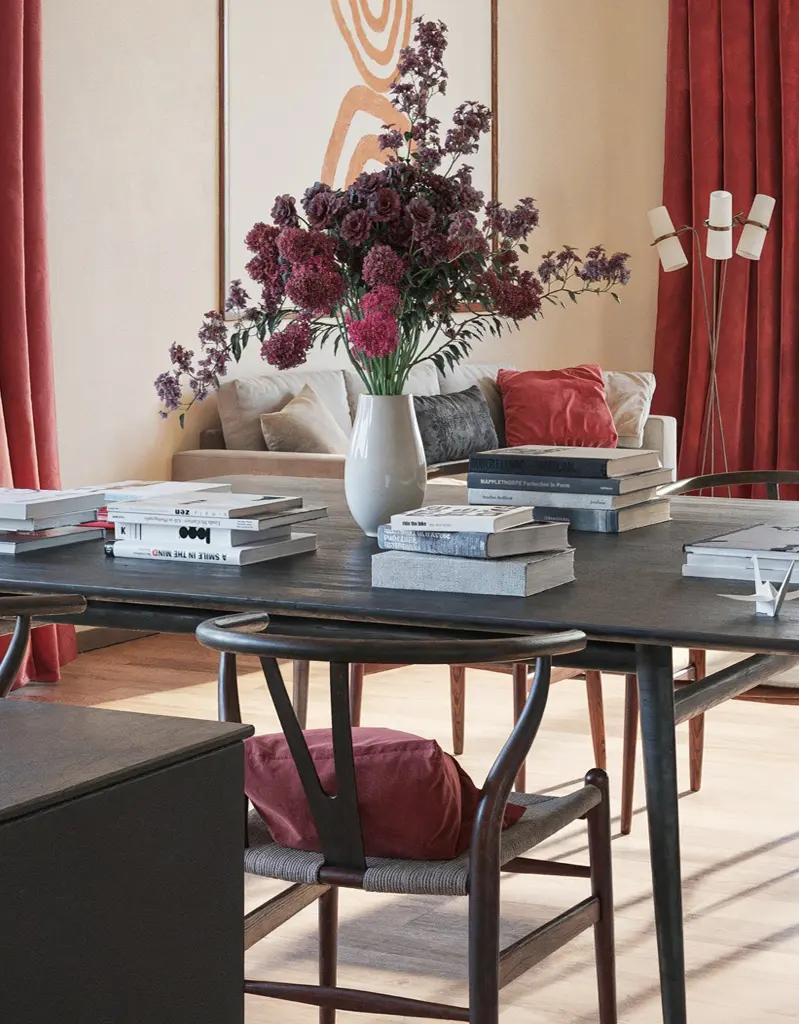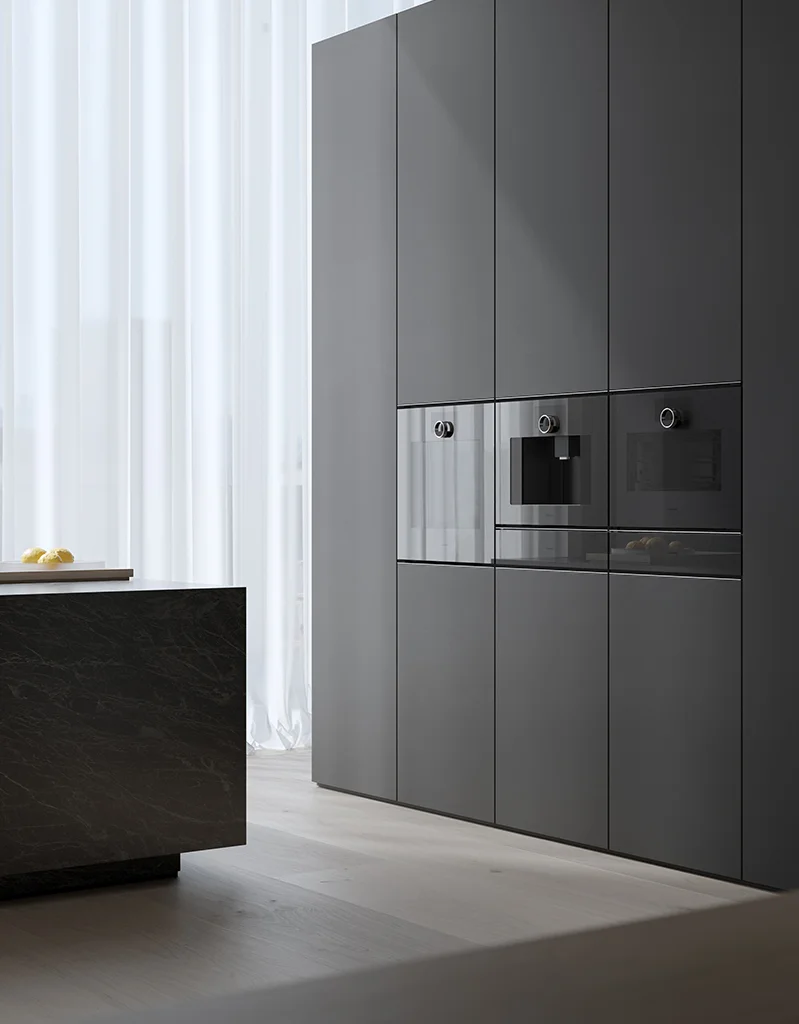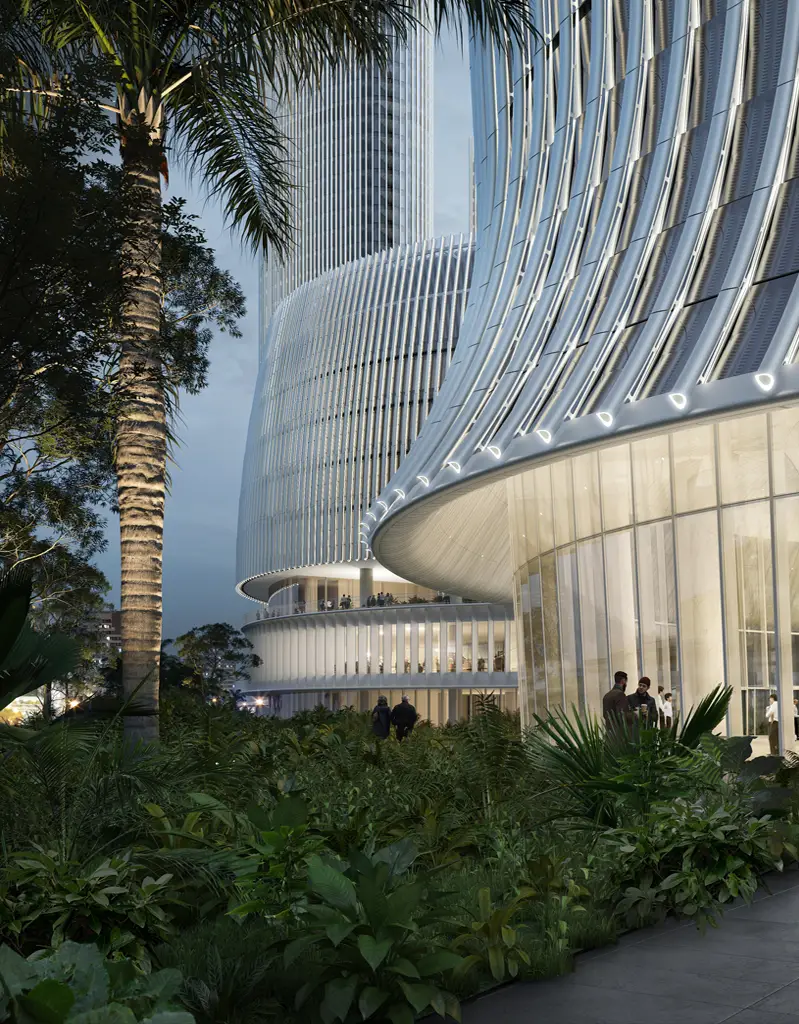
blue hour
Lighting conditions
Lighting is a tool for shaping mood, focus, and narrative in architectural visualization. Each lighting condition tells a different story. Whether soft or sharp, dramatic or understated, the light changes how we read a space and what we feel about it. This series explores six essential lighting types, offering a close look at how each one can be used to support design intent and create compelling, believable images.
Blue Hour
Just after the sun dips below the horizon, the sky turns a deep blue, and the built environment begins to glow from within. Blue hour lighting brings a unique balance between natural and artificial light. Warm interior lighting stands out clearly against the cool ambient tones of the sky, creating a natural color contrast that gives depth without relying on harsh shadows. It’s a powerful moment for storytelling. The building feels alive but not fully awake; the light is consistent but not ambient. Materials take on new tones, and reflections from the brightest parts of the sky dome can be captured in glass to create beautiful highlights. This time of day is ideal for visualizations that aim to feel atmospheric without becoming dramatic. It gives a quiet energy that suggests transition between day and night, work and rest, light and dark.
Just after the sun dips below the horizon, the sky turns a deep blue, and the built environment begins to glow from within. Blue hour lighting brings a unique balance between natural and artificial light. Warm interior lighting stands out clearly against the cool ambient tones of the sky, creating a natural color contrast that gives depth without relying on harsh shadows.












